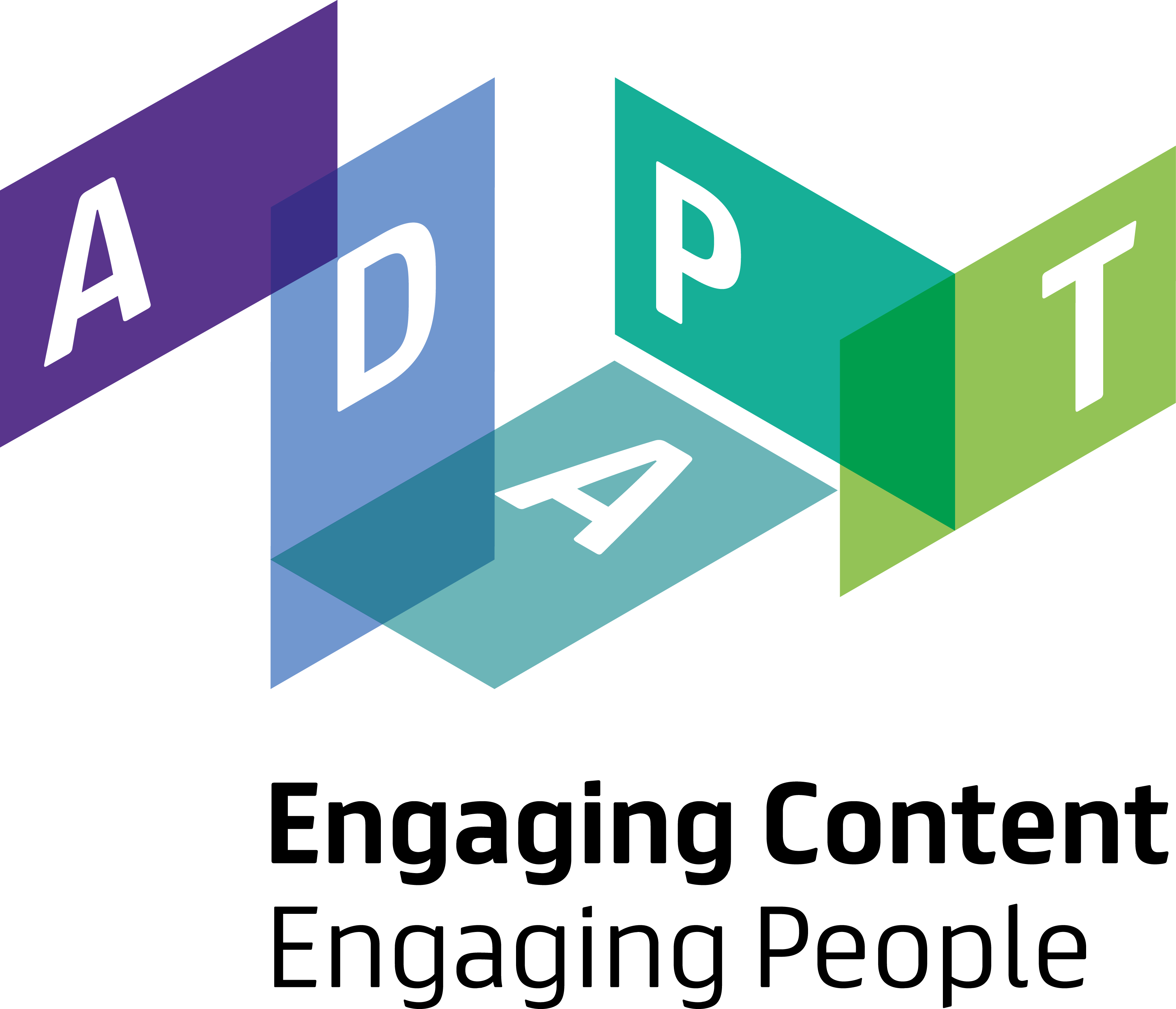





In our work*, Cialdini's 6 principle's of persuasion are extracted from push-notifications to scrutinize how designers may be manipulating us into opening notifications. Cialidini's principles are as follows:
* Full results to be presented at Persuasive Technology 2019


Each bubble above represents a Notification entity and each entity contains a number of features, such as the app from which it was sent, the subject of the content, the time of day it was received and so on. In order to use this information to train and implement intelligent algorithms (such as common Machine Learning algorithms), the Notification entity needs to be converted to machine readable format i.e. a vector of numerical values.
Categorical data types, such as the app or subject would subsequently need to be converted to numerical representations via One-Hot Encoding, thus vastly increasing the vector size, depending on the number of unique values per categorical feature.
As an alternative to One-Hot Encoding the features of the Notification entity, an embedding model can be learned which can convert the Notification entity to a vector with fewer dimensions (than a One-Hot Encoded vector) by training it on a simple supervised ML task. For example, the task of predicting the action a user takes on a notification (open/dismiss) given the notification and context features.
The neat aspect of the embedding model is that it not only converts the Notification entity to machine readable form, but it also learns to represent each notification in a meaningful way such that notifications which prompt similar behaviours are closer in the multi-dimensional vector space. This occurs because the vector dimension is reduced - the model is forced to learn higher-level relationships between the features as there are not enough dimensions for each individual feature value.
The result can be viewed above by expanding the cluster of notifications. The position of each bubble is a notification entity's corresponding embedding value (embeddings are converted to 2-dimensional space for display purposes).
The visualisation above highlights how the model learned to cluster notifications by app, and further by the day of the week and time of day. Note also that notifications generated from app's such as Whatsapp, Snapchat and SMS (i.e. messenger apps) are close together in the vector space, suggesting the model identified these type's of notification to be similar in nature!





Lacking creativity 🎨 or inspiration 💡?
EmPushy can analyse current trends 📈 in the media and generate empathetic 💜 notifications 🔔 based on topics relevant to you and your subscribers.
We create the message ✍ to send, you concentrate on creating that content 🎬 !
As a potential solution for notification management, reinforcement learning methods are tested on existing in-the-wild and subsequent synthetic data sets.
The fine-tuned GPT2 model can also be conditioned to generate certain types of natural language given a prompt. This is powerful as it allows for greater control over what is generated allowing for specific use cases e.g. a sports app can generate sport related notification content. In the demo above, you may select from a range of topics to generate notification text.
We are also interested in features of text which are enticing. The clickbaiting feature is indicative of persuasive language, thus we can condition the model on this to generate persuasive texts. The options are clickbaiting, which should be enticing, and non-clickbaiting, which should be more neutral.
Emojis have been shown to vastly improve CTRs of notifications. They not only catch the eye but also allow the reader to quickly grasp nuances of the message quicker - such as the sentiment or the topic. For the demo above, we use BERT to represent the text as context vectors and use the similarity between vectors to select appropriate emojis. You can select either:


EmPushy can generate tailored notifications 🔔 for your website which are both high-performing 💲 and empathetic 💜 toward your subscribers.
You can concentrate on creating great content 🎬 while EmPushy ensures it is delivered to subscribers in the most friendly 😊 and effective 💯 way possible!
Autonomous creation of web push-notifications to aid app creators and digital marketers push the right message at the right time to the right audience.